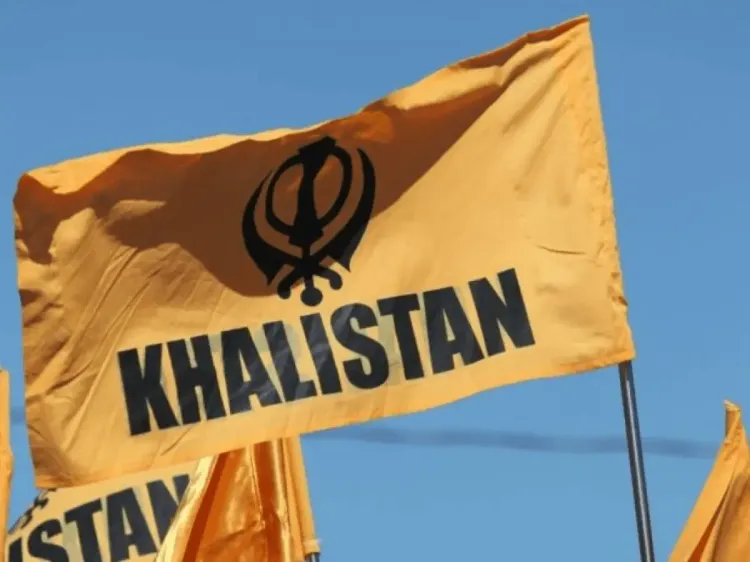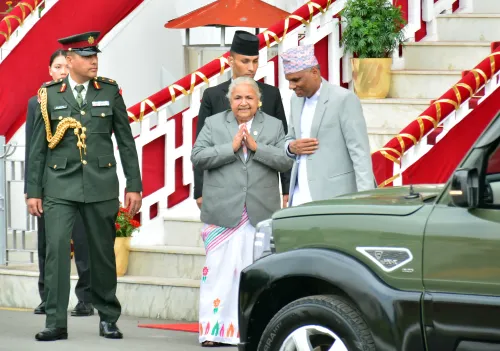Is Canada's security landscape at risk from Khalistani extremists?

Synopsis
Key Takeaways
- Mewa Singh's assassination of William C. Hopkinson raises historical concerns.
- The CSIS warns about the threats posed by Khalistani extremists.
- Majority of the Sikh community in Canada is peaceful.
- Historical narratives are utilized by modern extremists.
- The Air India bombing is central to understanding current threats.
Ottawa, Nov 20 (NationPress) A recent online discussion about the historical figure Mewa Singh has renewed anxieties concerning Canada’s battle with Khalistan-related extremism. The debate was sparked by renewed commentary on the 1914 assassination of Canadian immigration officer William C. Hopkinson by Mewa Singh, a member of the Ghadar Party, according to a report.
Singh fatally shot Hopkinson within the Vancouver courthouse following the Komagata Maru incident and later surrendered, pleading guilty before his execution in 1915. While some regard Singh as a martyr, others stress the severity of taking the life of an unarmed official in a government facility. More than a century later, national security experts indicate that this historical narrative is increasingly utilized by contemporary Khalistan-affiliated violent actors to justify extremist actions in Canada, as reported by Khalsa Vox.
A recent film funded by the government has reignited the discussion surrounding Mewa Singh, with some members of the Sikh community viewing him as a martyr, while other Canadians perceive the assassination as a politically motivated act of terrorism, Juno News noted.
The support from the Canadian government, along with ties to elected officials, has come under scrutiny due to ongoing apprehensions about Sikh-linked extremism within the current Khalistani movement in Canada, according to reports from Canadian outlets released this week.
Intelligence evaluations reveal that a small yet persistent network of Canada-Based Khalistani Extremists (CBKEs) persist in exploiting Canada’s freedoms to advance their violent objectives tied to separatist agendas in other countries. The Canadian Security Intelligence Service (CSIS) has consistently labeled their activities—including propaganda, fundraising, and operational planning—as credible national security threats.
While the CSIS affirms that the majority of the Sikh community in Canada is peaceful and law-abiding, it cautions that a fringe minority continues to incite violence, endangering public safety and foreign policy.
National security officials emphasize that discussions on Khalistan-related extremism are inextricably linked to the painful legacy of the 1985 Air India Flight 182 bombing—the deadliest act of terrorism in Canadian history. This attack, which resulted in 329 fatalities, was orchestrated by extremists based in Canada, revealing significant intelligence and policing deficiencies that were later acknowledged in a federal inquiry. This tragic event remains a focal point for the CSIS and the federal government as they oversee modern extremist networks.
From the courthouse assassination in 1914 to the Air India bombing in 1985, and the ongoing warnings from the CSIS today, experts assert that Canada’s security environment has consistently been exploited by violent actors linked to separatist extremism. Officials stress that the threat does not stem from any entire community but rather from ideologically driven individuals utilizing Canada’s openness to orchestrate violence beyond its borders.









